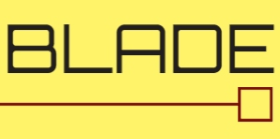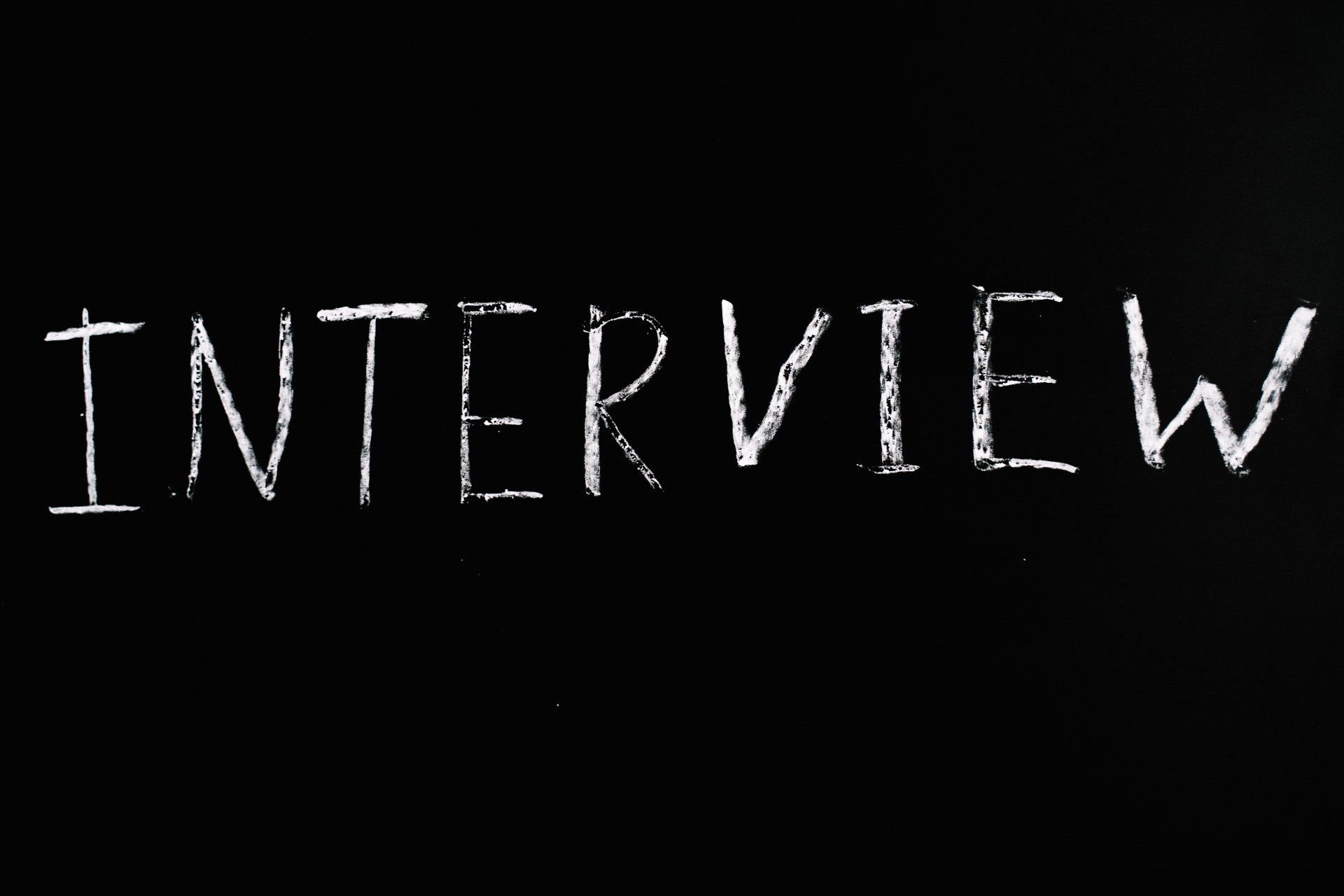Health and Safety Policy
Recommendations for temp workers.
Blade Recruitment recommendations for common safe working practices of Health & Safety in the workplace:
H&S is everyone’s responsibility. We take our responsibilities seriously & ensure as far as reasonably possible that we advise & inform to ensure the health, safety & safe working practices of all temporary contract workers.
This guide should be read, understood & followed by all contract workers before they start an assignment.
We will ensure that we do not send you to any assignment that you are not competent to undertake, we provide all the relevant information prior to accepting any assignment. We work with clients that have similar ethics.
Additionally, we would ask that you refuse to undertake any task that may jeopardise your health & safety or the health & safety of others. It is also your responsibility to provide & wear personal protective equipment where required & we would draw particular attention to safety footwear which must be worn on all assignments as mentioned.
Blade Recruitment + Health and Safety Policy
It is Blade Recruitment policy to provide & maintain a safe & healthy working environment as is reasonably practical at all places where the Company’s employees or third parties, using those facilities under our influence or control.
The company goals of client satisfaction & profitability are not in conflict with good safety practices & the Company is of the belief that a good safety record is of benefit to its business.
The maintenance of a safe & a healthy environment safeguards people, is vitally important & our most important asset. All relevant statutory requirements will be complied with & are considered as the minimum standard & where reasonably practical will be exceeded to meet the spirit of the Company’s policy.
It is Management’s duty to ensure staff & temporary contractors are informed & receive appropriate, adequate Health & Safety training, that tasks are allocated to staff capable of fulfilling them, in a manner that is safe to themselves & others. Staff members & contractors are required to understand their responsibilities & duties & carry them out with diligence & priority.
It is Company policy to assess potential risks & through good organisation, planning & communication, minimize those risks & apply protective measures to ensure the health and safety of everyone. The removal of risk is the primary goal & implementing protective measures where not possible. Every individual is duty bound to act in a safe manner.
No staff member, contract employee or sub-contractor must knowingly endanger themselves, their colleagues, staff members of other organisations or members of the general public by their own acts or omissions. The Directors of Blade hold ultimate responsibility for the Health & Safety Policy & for ensuring its effective implementation. Additionally they will ensure:
1. The Company & our Clients’ policies (as applicable) are implemented to ensure effective risk control.
2. Staff & contract employees have sufficient understanding of & implement relevant statutory regulations.
3. Risk assessments are conducted & arrangements made to minimize risk.
4. Staff are able to obtain expert advice from specialists to assess & manage risks as necessary.
5. Safe working methods are adopted with specific instructions as necessary.
6. Staff & contract workers have the skills & are suitably trained to perform their work in a safe manner.
7. The correct equipment for the performance of a task is available & in a safe & serviceable condition.
8. Staff & contract workers are familiar with the company safety policy & procedures specific to their work.
1. Identify potentially unsafe situations or working practices and notify management.
2. Ensure that they do not perform a task that they believe is dangerous or for which they have not received appropriate instruction, training or equipment to perform the task safely.
3. Work in a safe manner in accordance with safety instructions where applicable.
4. Use the proper equipment supplied for a task and use personal protective equipment where provided.
To work effectively, this Policy requires the total support of everyone. No one can avoid their personal responsibility for working in a safe manner and ensuring that others do likewise.
Common safe working practices
Manual Handling of loads at work.
A. A manual Handling Operation is any transporting or supporting of a load, including the lifting, lowering, putting down, pushing, pulling, carrying or moving, by hand or by bodily force. Picking up & carrying a toolbox, or a step ladder, or even picking up a screwdriver, or hammer, or a set of stocks, is manual handling, just as unloading & positioning a boiler might be. Anything from the extremely light to something requiring your maximum strength is included.
B. Manual Handling accounts for a large number of accidents each year & many millions of ‘days off’ are due to back & other injuries. Once someone’s back has been weakened by injury it is often a recurring problem for the rest of that person's life.
C. All Manual Handling Operations are governed by the Manual Handling Operations Regulations. Employees have a duty to make full & proper use of anything provided by an employer in connection with manual handling. This includes following any advice & training given on lifting etc.
D. An employers duties can be summarised as – Avoid the need for manual handling wherever possible. Assess the risk. Reduce the need by providing mechanical aids. Train staff in good Manual Handling techniques.
Basic Rules for Safe Manual Handling.
1. Think before lifting! Is it heavy (above 5 Kg)?, is it large or awkward, where is the centre of gravity?, can you manage it alone?
2. Use the strong muscles & bones of your legs, not the complex & vulnerable ones in your back.
3. Make sure you have a firm grip of the load & that you can sustain the grip for the duration of the lift. Wear industrial gloves to improve grip & protect hands from sharp edges.
4. Make sure you know where you are going to put the load & that the way is clear of obstacles & not slippery. The load must not impede your forward view.
5. If in doubt, get help! There’s nothing macho about a slipped disc!
Lifting Technique
1. Tuck chin in, this keeps back as straight as possible & therefore least vulnerable.
2. Feet as close to load as possible, about a hip width apart, one foot slightly in front.
3. Bend the knees & crouch down.
4. Take a full grip, suing palms, not fingertips.
5. With elbows tucked in, straighten the leg, lifting smoothly.
6. Carry the load forward at waist height.
7. Change direction by turning on your feet, not by twisting the trunk.
8. Put down in the same careful way & continue being careful as you straighten up.
Being Safety Aware
A. There is a difference between being aware of Safety in a vague, general way & being Safety ‘Aware’. The second implies a continuous alert attitude to the safety aspects of every job we do.
B. The Health and Safety at Work Act places duties on ALL persons at work. That includes you, your Supervisor & your Managers, indeed everyone at work. The only way the accident figures will come down is by everyone doing their bit about safety. Your legal responsibility is to take reasonable care of your own health and safety and to safeguard the health and safety of those you work with and members of the public.
C. You must cooperate with you Supervisor in anything he does in the interest of health welfare and safety, and not interfere with anything provided in the interests of health welfare and safety. Fines can be imposed. This included wearing any Personal Protective Equipment (PPE) provided and using any safety equipment when provided and as instructed. If unsure about its use ASK!
D. Every employer must have a written Safety Policy (unless he has less than 5 employees), & draw you attention to it. Make sure you read it, & note the arrangements, which affect you.
Keep The Site Tidy and Safe
1. Look out for warning notices and obey the instructions given by them.
2. Stay alert when working in the vicinity of moving plant – AHU moving parts, pump drives, boilers etc.
3. Do not operate machinery unless you have been trained & authorised to do so.
4. Never ride on anything which is not designed for passengers. It is illegal.
5. Do not interfere with ladders or alter scaffolding or move boards unless you are authorised to do so.
6. Never throw anything from any height. Lower it properly.
7. Do not take shortcuts. Use the access that you are instructed to.
8. Report any defects or damage to ladders, scaffolding, plant or tools – at once to your Supervisor.
9. Report any unsafe situations or practices you come across.
10. Report all incidents involving injury, however slight, to you Supervisor. Details of an accident requiring first-aid treatment must be entered in the Accident Book.
11. ASK your Supervisor. If in doubt about the safety of any work activity.
Working with hand tools
A. We all work with hand tools practically every day. Familiarity can lead to complacency. Faculty tools or wrongly used tools can cause nasty injuries & produce poor quality work.
B. Taking reasonable care of your own Health & Safety, means keeping tools in good condition & using them expertly. Sharp tools, which cut steel, can cut flesh without trouble. Hammers, which can drive nails, can squash fingers too. Work Equipment Regulations require employers to ensure that tools are ‘suitable’ & maintained in good order. They rely on you, as skilled trades person, to assist them in this by reporting immediately if something in not suitable or is broken.
C. The following points are areas where care is needed.
1. Spanners;
Must be the right size or else they are automatically not ‘suitable’. Ring spanners are better than open ended spanner. Open ended spanners are generally better than adjustable spanners.
2. Adjustable Spanners;
Although very convenient, these can very quickly become dangerous due to wear on the jaws and adjusting mechanism. If the jaws are no longer more or less parallel, or the sliding jaw is wobbly, report the tool as ‘unsuitable’.
3. Stillsons;
These also suffer in time from wear on the mechanism. The spring will take up a certain amount of wear, but if the spring is exhausted, or the gripper teeth on the jaws are worn out, report the tool as ‘unsuitable’. Never attempt to gain extra leverage by using pipe over the handle. If the temptation arises obviously the tool is too small and therefore ‘unsuitable’.
4. Files;
The handle is part of the tool. Without a handle the tool is ‘unsuitable’, and the tang extremely dangerous. Files are very brittle and must not be used as levers or chisels. If a file breaks, fragments of sharp metal are likely to fly off.
5. Cold Chisels & Punches;
When the head turns over after prolonged use, forming a ‘mushroom’, grind it off to prevent flying fragments. Keeping chisels sharp reduces the tendency for ‘mushrooming’.
6. Hammers;
Use the right weight hammer for the job. (‘suitably’ again). Ensure hammer heads are secure, with proper wedges (good order). Never shorten a hammer shaft as this spoils the balance and could strain the wrist.
7. Screwdrivers;
These should fit the slot in the screw head, so use the correct size. The point should be ‘cross ground’ to minimize the risk of slipping. Do not use them as chisels. Cross Point (Phillips) screwdrivers are not generally re-sharpenable, so discard when wear makes them unsuitable.
8. Knives;
Retractable knives (Stanley) are commendable, but do not abuse them where a preferable alternative exists e.g. cable stripping. Use a purpose made cable stripper.
9. Hacksaws;
Use the correct size with the correct blade for the job. High Speed blades last longer, but are very brittle. Slow steady cutting keeps the blade cool and gives better results. Always make sure the work is properly secured before starting to cut.
10. Tool Box/Bag;
All hand tools should be put away when not in use. Good Housekeeping prevents damage and loss and keeps them sharp and available when needed. Do not walk about with sharp tools in pockets. Serious injury can result in the even of a slip or fall. Use a tool bag or box.
If you have any problems or would like to ask a question, please contact your consultant or email
sa@blade.email









